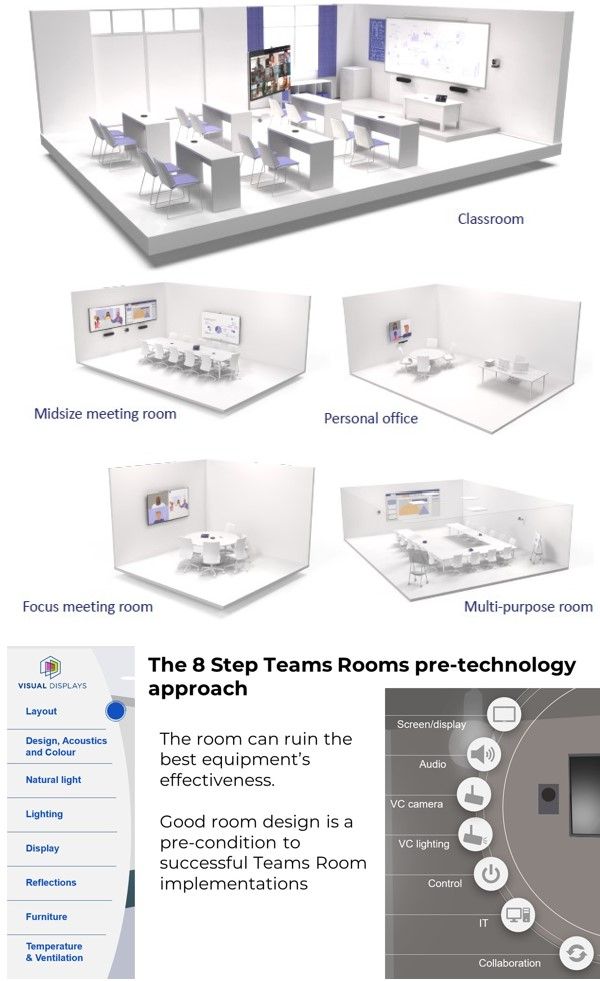Design and configuration of MTRs is key to productivity
To even discuss behaviour control - or influence, at least - in the design and configuration of Microsoft Teams Rooms can be like walking on thin ice. But it’s a vital concept.

People don’t come into a meeting room to have a meeting. They go there to get stuff done. And if we can help them get underway quickly, do their business and then get on with the rest of their working days, then so much the better.
If a meeting room has an average occupancy of four people for five meetings a day, forty-eight weeks a year and each meeting can be even five minutes quicker, that’s eighty hours of productivity gained.
This is not just about the room technology. It’s a pre-technology thing - the room design and configuration. Get that right and the technology will be even more effective. Get it wrong and no amount of tech spend will dig you out of the hole.
The best way to approach this is in terms of marginal gains, to break room design and environment into all its component elements and to plan to make at least one improvement for each - even if they can’t be done immediately. Lighting, ambient noise, table finish, furniture selection - the list is long.
This is what I do in my consultancy practice, working empathetically to help end users, AV consultants and AV integrators further enhance existing and new work and teaching spaces, focusing on areas which are newly within our remit since the move to hybrid working.
If you’d like a copy of my new prospectus for Greg Jeffreys Consulting Ltd, please email me.

Posted: 29th November 2022